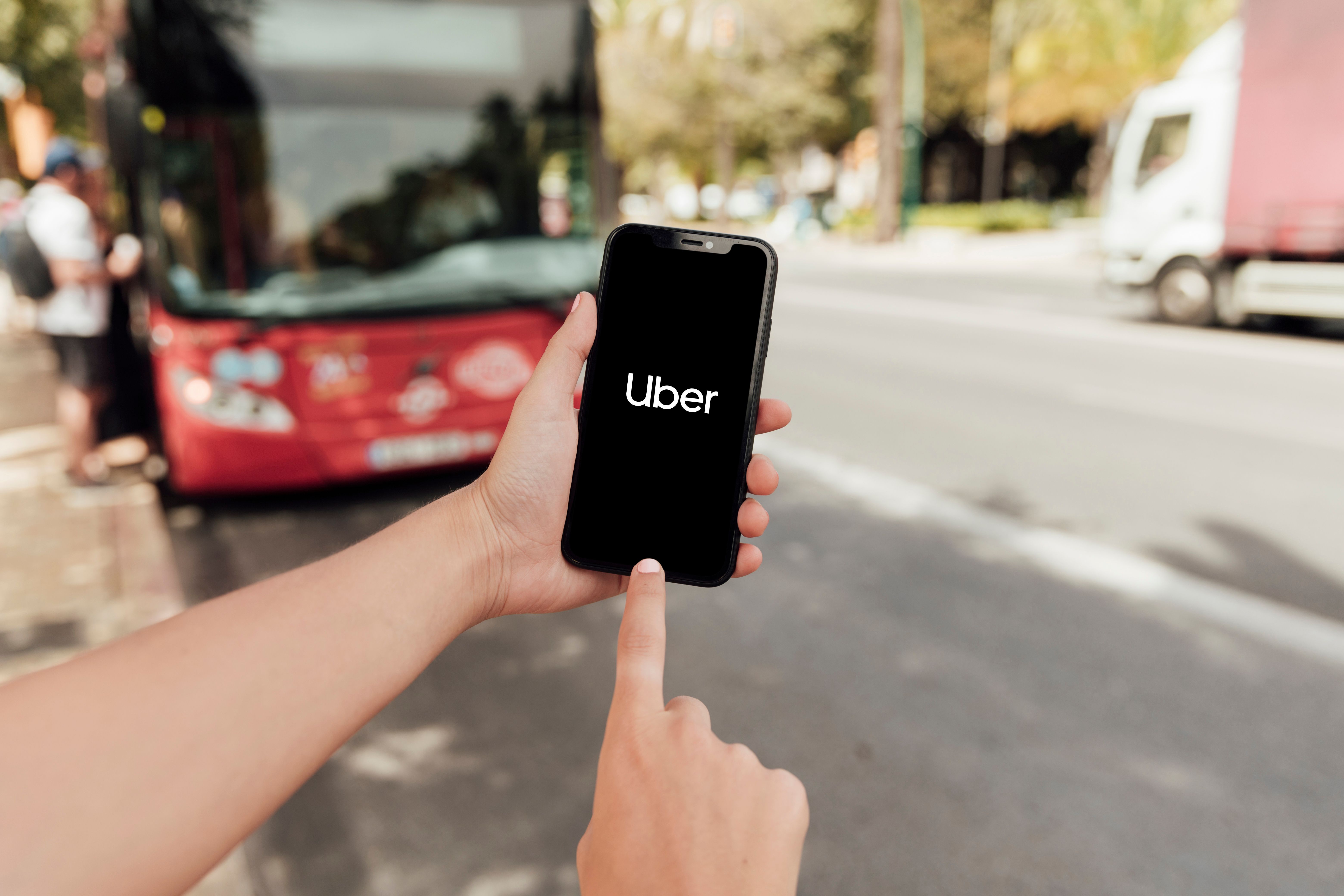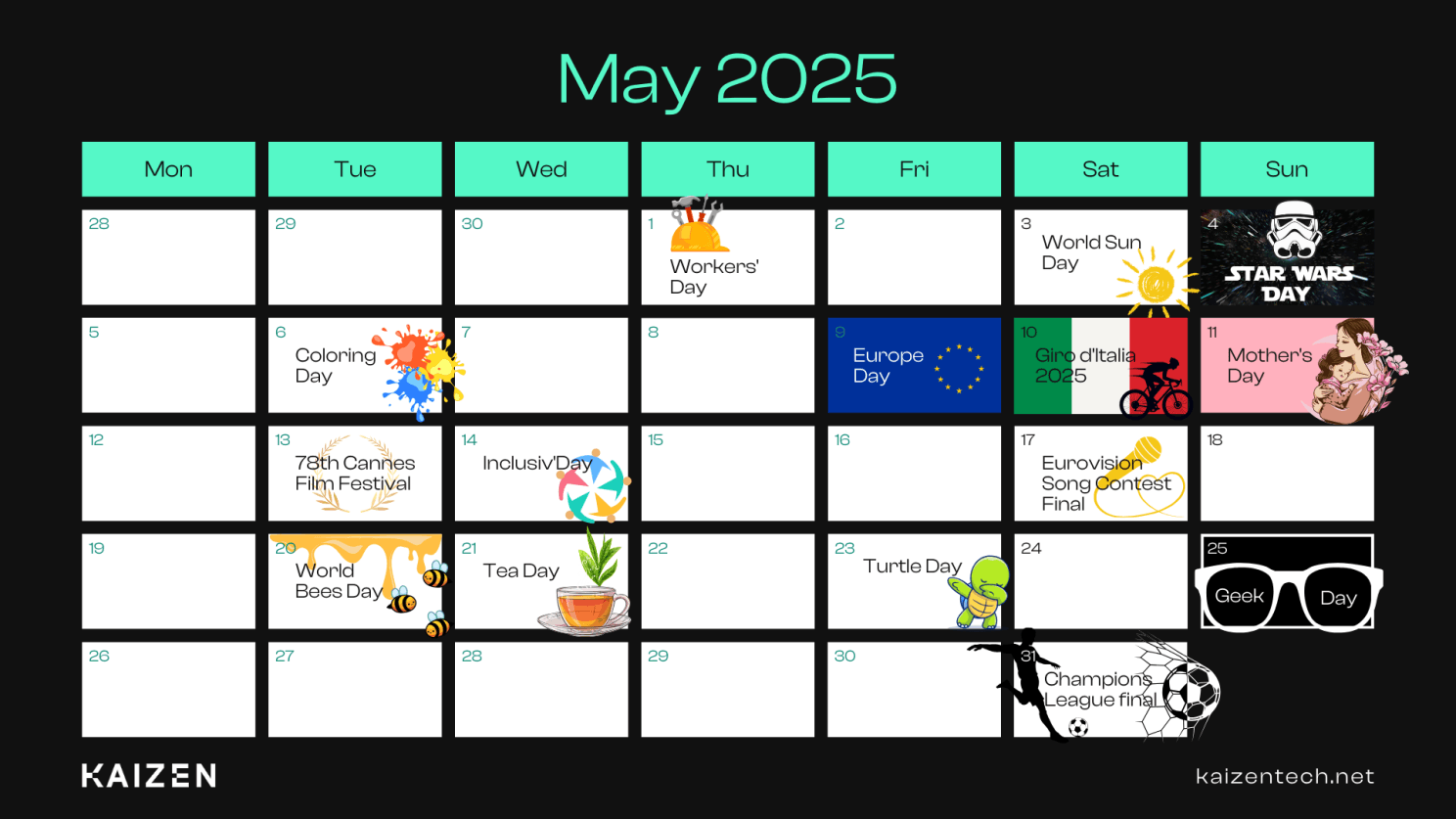
Some customers love your brand, and others liked it once. The real question is: who comes back, and why?
Retention doesn’t happen by accident. It’s rarely about a single wow moment or a genius campaign. It’s about consistency. A small set of decisions repeated, refined, and done with care. The brands that win at loyalty usually make it easy to stay connected, even when they’re not shouting for attention.
That’s what we’re zooming in on today. Not who your customers are, we covered that already. Now we’re asking: What makes them stick around?
Because even the most loyal fans need a reason to come back. And spoiler: points alone won’t cut it.
Let’s examine what customer retention really means today and how loyalty programs can become more than just rewards. They can be engines of habit, trust, and long-term value.

Customer acquisition gets all the glory, but it’s not as glamorous as it sounds anymore. According to recent research, brands are now losing $29 for every new customer they acquire, compared to just $9 in 2013. That’s a dramatic jump in cost, and it’s starting to show.
Yes, bringing in new customers is still important for growth. But when every new face comes at a financial loss, it’s time to rethink the balance. The customers you already have are not only more cost-effective to serve, they’re actually profitable. As they stick around, they tend to buy more often, spend more per visit, and refer others. Your cost to serve them goes down while their value goes up.
In today’s market, loyalty is no longer a nice-to-have—it’s a financial strategy. The smartest brands are doubling down on retention, not just acquisition. Because while it’s fun to make new friends, it’s your loyal regulars who keep the lights on.
The Loyalty Lifecycle: Getting to Know the Dynamic Nature of Customers
Customer retention isn’t about a single spark. It’s about what happens after the first click, the first visit, the first “hey, I kinda like this brand.”
Because let’s be honest, people don’t stick around for a discount they used last month. And definitely not for a points system they barely remember signing up for. They stay when something feels right. When it fits into their life. When it adapts as they do.
That’s the tricky part, habits shift, expectations jump. Loyalty today has to keep pace not with trends, but with the people behind them.
Retention isn’t guessing. It’s watching, learning, adjusting. Not once a year. All the time.
Some customers want express checkouts and surprise perks. Others want to feel like part of something. Some want both, depending on the day.
The real skill? Spotting what matters and when. And then shaping your loyalty program around that.
We just dropped part 2 of our loyalty series, and this one’s all about how to actually design for that kind of movement. It breaks things down with familiar personalities (yes, including some iconic fighters) to help you see how different loyalty mindsets play out in the real world.
Because rigid programs don’t hold attention, flexible ones do. Systems that grow alongside your customers instead of locking them into last year’s version of your brand.
Ready to meet Ryu, Guile, and Cammy?
The Loyalty Lifecycle Part 2 | Understanding Customers
News From Loyalty World
Nike’s Success in Customer Retention Through Omnichannel Strategies

Why do Nike customers stay loyal for years?
Because Nike doesn’t just talk to their audience, they connect with them, everywhere. Their omnichannel strategy isn’t just about being present on every platform. It’s about creating a seamless experience that meets customers where they are, whether that’s online, in-store, in-app, or on social.
- Nike Members get early access to drops, exclusive content, birthday rewards, and personalised recommendations. The Nike App isn’t just a store. It's a hub for product inspiration, training tips, and community challenges.
That’s how Nike turns buyers into lifelong fans. By using an omnichannel strategy as a way of allowing customers to return back for more.
Customer loyalty doesn’t come from one great product. It’s built through consistent, valuable experiences. Nike gets it. Do you?
Nike’s Wholesale Pivot: A Masterclass In Omnichannel Strategy
Teacher We Didn’t Know We Needed: IKEA

Ever tried building IKEA furniture and ended up with an extra screw? Or worse, an extra leg? You’re not alone.
IKEA quickly realised that while DIY was part of the charm, frustration wasn’t. So, what did they do? Instead of just selling furniture, they started teaching people how to use it. Tutorial videos, step-by-step guides, and design tools became part of the package.
And they didn’t stop there. Want to see what that bookshelf looks like in your living room before you buy it? They’ve got an app for that. Because IKEA knows happy customers don’t just come back, they never really leave.
This isn’t just smart marketing, it’s long-term thinking. IKEA’s not chasing the next new buyer; they’re building a loyal customer base, screw by screw.
How IKEA’s Customer Centric Marketing Drives Brand Loyalty — Neuroscience Of
Uber & Delta SkyMiles: Cross-Industry Loyalty That Sticks

Uber’s recent partnership with Delta Air Lines is more than a loyalty play—it’s a retention strategy done right. As of April 2025, SkyMiles members can link their Delta and Uber accounts to earn miles not just in the skies, but on the ground (and at the dinner table too). Think 3 miles per dollar on Uber Reserve trips, 2 on premium rides, and 1 mile on UberX airport rides.
The result? Customers are now being rewarded for behaviors they were already doing. This seamless integration between two daily-use brands makes switching less attractive and staying more valuable.
By connecting reward ecosystems across industries, both Uber and Delta are betting on long-term loyalty. Delta expands its reach into Uber’s travel-hungry customer base, while Uber earns repeat usage from frequent flyers who now see every ride as a chance to earn miles.
It’s a clear reminder: retention doesn't just happen through discounts or points—it thrives when rewards align with a customer’s lifestyle. Cross-brand loyalty isn’t just convenient. It’s sticky, strategic, and increasingly essential.
Uber becomes Delta’s latest loyalty program partner
Loyalty Tip of the Month
Behavioural loyalty is underrated.
Not every customer stays because they love your brand, and that’s okay. Some stick around because it’s easy, familiar, and rewarding. That kind of loyalty might not tug at the heartstrings, but it keeps the engine running.
Want better retention? Start by doubling down on what already works.
- Make repeat actions frictionless
- Use time-limited rewards to nudge return visits
- Add tiers to give people something to reach for
- Keep showing up (consistency matters more than charm)
It’s not about forcing emotion. It’s about creating patterns. Over time, that convenience can turn into connection. Retention starts here, with habits, not hype. And the best part? It’s measurable, testable, and scalable.
Insight of the Month
5% increase in customer retention correlates with at least a 25% increase in profit.
In today’s uncertain economy, companies do everything they can to cut costs, but many overlook one of their most powerful levers: customer retention. According to Bain & Company, increasing customer retention by just 5% can boost profits by more than 25%.
That’s because loyal customers don’t just stick around. They buy more, cost less to serve, refer others, and often pay a premium to stay with a brand they trust. Over time, the cost of serving these long-standing customers actually declines, making retention one of the most efficient strategies for long-term growth.
But not all customers are worth the investment. Loyalty leaders take a strategic approach, identifying high-potential segments and designing programs that speak to their values and behaviours.
The message? Don’t just chase new leads—build lasting relationships with the right people, and the returns will follow.
Welcome to Your Loyalty Calendar: May Edition!
Our Loyalty Calendar is here to inspire you with fresh ideas to celebrate these special days and strengthen your customer relationships.

Stay tuned for more loyalty tips, insights, and updates! Don't miss out on the latest in the world of loyalty—subscribe and share our newsletter to spread the word!






